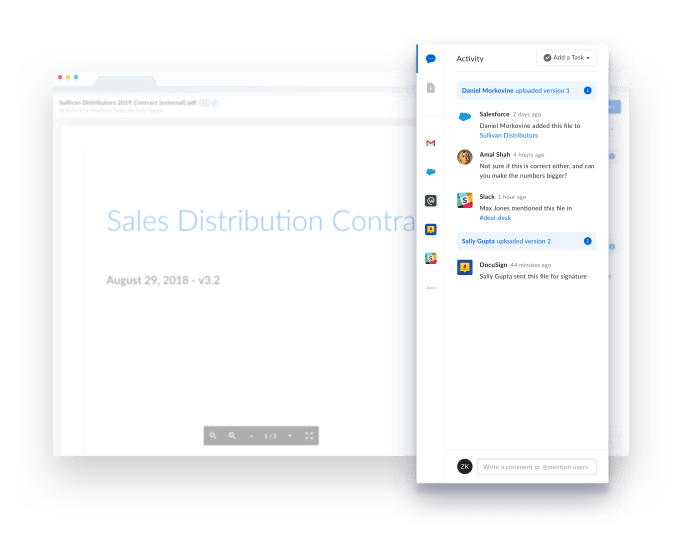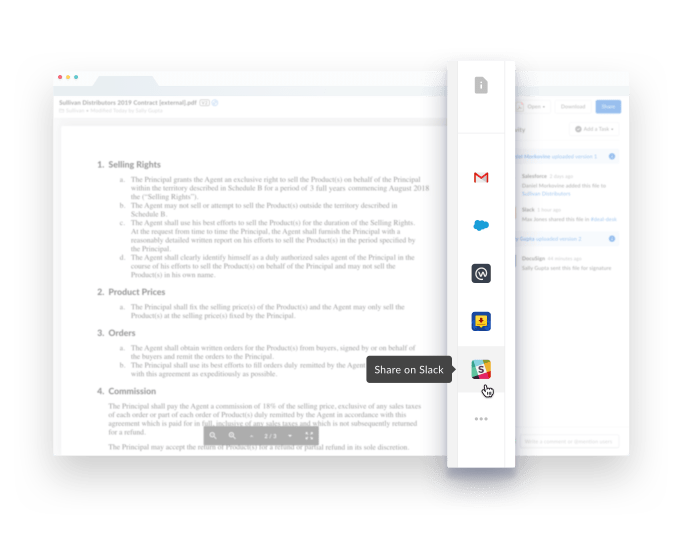On September 5, Senator Bernie Sanders will introduce legislation aimed at curbing large companies like Amazon and Walmart’s “corporate welfare.” Amazon has unsurprisingly been on the offensive since the Vermont Senator called the company out by name.
When we interviewed Sanders by phone yesterday, the retail giant provided us with a fairly standard comment, “encourage[ing] anyone to compare our pay and benefits to other retailers.” Today, however, it’s got something more substantial, and the company’s not mincing words here.
In a blog post titled “Response to Senator Sanders,” Amazon calls out what it claims are “inaccurate and misleading accusations” against the company. Sanders noted in our conversation that Amazon has been less than forthcoming with certain details, though the company says its been “in regular contact” with his office.
Yesterday a Sanders representative confirmed with TechCrunch by email that Amazon had offered the senator a tour of a fulfillment center. It was an offer Sanders planned to take the company up on, though no date has been set.
“While Senator Sanders plays politics and makes misleading accusations, we are expending real money and effort upskilling people with our Career Choice program,” the company writes. “Career Choice is an innovative benefit that pre-pays 95 percent of tuition, fees and textbooks (up to $12,000) for courses related to in-demand fields, regardless of whether they’re related to skills for jobs at Amazon or not. We have over 16,000 employees who have participated in Career Choice.”
Of course, the senator is hardly the first to levy such complaints against the company, as we noted yesterday. A recent story from Business Insider documents what it deems “horror stories” from inside some of the company’s warehouses. It’s a suggestion billionaire owner Jeff Bezos has roundly refuted, stating, “I am very proud of our working conditions, and I am very proud of the wages that we pay.”
Bezos, in particular, has received the brunt of Sanders’ criticism. The senator made income inequality a tentpole issue of his 2016 presidential campaign, and the focus has carried over to companies like Amazon. As has been noted, the median salary at the company is $28,444, less than Bezos makes every ten seconds.
Sanders’ bill is aimed at what he has deemed the corporate welfare of companies like Amazon and Walmart.
“It says: if you are a large company of 500 or more employees and you’re paying your workers wages that are so low that they have to go on food stamps, Medicaid, public housing, etc., then you have to pay taxes commensurate to how much the government is now spending for that assistance,” Sanders told TechCrunch. “It’s going to be the employer – the Jeff Bezos, the Walton family – who will pick up the tab for these public assistance programs, rather than the middle class of the country.”
Amazon’s response takes specific issue with Sanders’ use of “food stamps” in his complaints against the company
“In the U.S., the average hourly wage for a full-time associate in our fulfillment centers, including cash, stock, and incentive bonuses, is over $15/hour before overtime,” Amazon writes. “We encourage anyone to compare our pay and benefits to other retailers. Senator Sanders’ references to SNAP, which hasn’t been called “food stamps” for several years, are also misleading because they include people who only worked for Amazon for a short period of time and/or chose to work part-time — both of these groups would almost certainly qualify for SNAP.”



